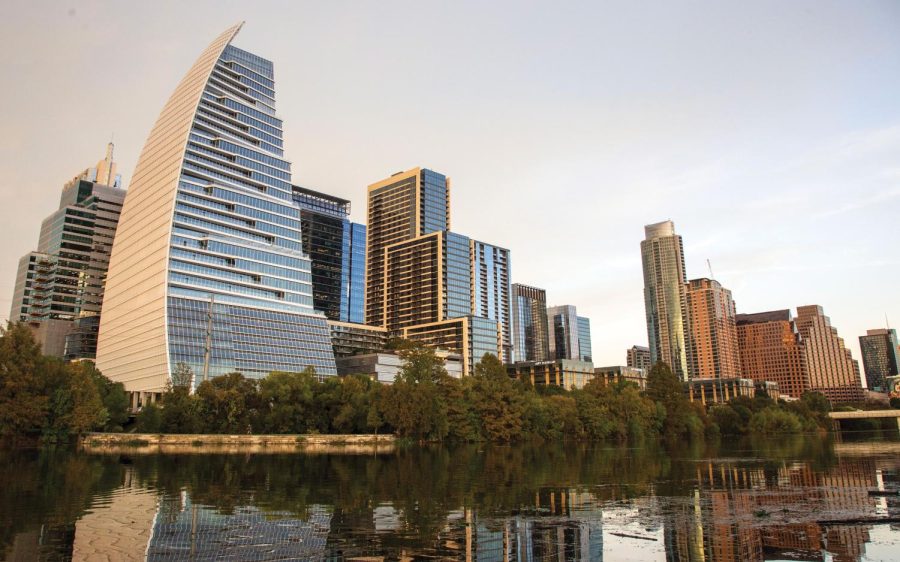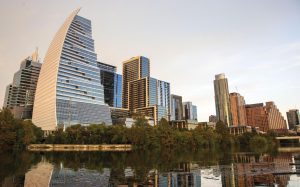Keeping Austin Green: UT researchers, local organizations battle environmental issues in East Austin
January 19, 2023
The Environmental Science Institute at the Jackson School of Geosciences is initiating a five-year plan researching ways to build climate resilience in East Austin, following environmental concerns about urban growth.
“(We want to know how) to mitigate and maintain resilience in the face of changes that are coming … we know that urbanization has been increasing,” ESI director Jay Banner said. “As a resident of Austin since 1990, I can bear witness to the doubling in size of our population and stresses on all the resources that we have a need (for).”
Starting early this year, the plan — called the Community Resilience Integrated into an Earth System Science Learning Ecosystem — will look into economic inequity caused by climate change. In partnership with organizations like People Organized in Defense of Earth and Her Resources, the ESI seeks to build climate resilience, restructure the access to water resources and target environmental injustice caused by urbanization.
“It’s really important for the University to build relationships with communities,” PODER director Susana Almanza said. “It’s basically the agencies in the government that are slow to react to the needs of the community … We’re also looking at their anti-displacement funding (to see if it) is really funding for anti-displacement, or are they bringing in more gentrification and displacement into our community.”
PODER works with the East Austin community to increase their participation in local and governmental decisions concerning their neighborhood environment and economy, according to the organization’s website.
Almanza said these communities are underrepresented and underserved, especially as gentrification displaces communities like East Austin.
“(The University is) going to be looking at issues that have been long-standing issues (with) water and climate resilient communities and landscapes,” Almanza said. “The community knows that we’re all working together to try to advocate for justice, and they’re right along with this.”
As big corporations relocate to Austin, minority-owned businesses in East Austin are replaced by larger buildings that decrease the area’s amount of green spaces, according to a 2022 analysis from the University of Arkansas.
An August 2022 article from the Austin Chronicle states trees cover 35% of Austin with a 20% coverage difference in high and low-income areas. Trees reduce air pollution, act as a natural cooling agent for buildings and cause a health difference through decreased risks of asthma and heat exhaustion, according to the article, meaning the disparity of trees leaves East Austin residents at a disadvantage.
Without these green spaces, Banner said health and environmental discrimination is more prevalent in lower-income communities. Though currently in its planning phase as surveys are designed to discover and create opportunities, Banner said the goal of the project is to apply their findings to other large metropolises with the same rapid urbanization.
“A partnership between researchers and community members is really the best way for both groups of researchers (at the) University and community members to learn from each other,” Banner said. “It’s people with lots of different backgrounds, ideas, skills and expertise, but with a common goal of increasing the resilience of communities.”
















